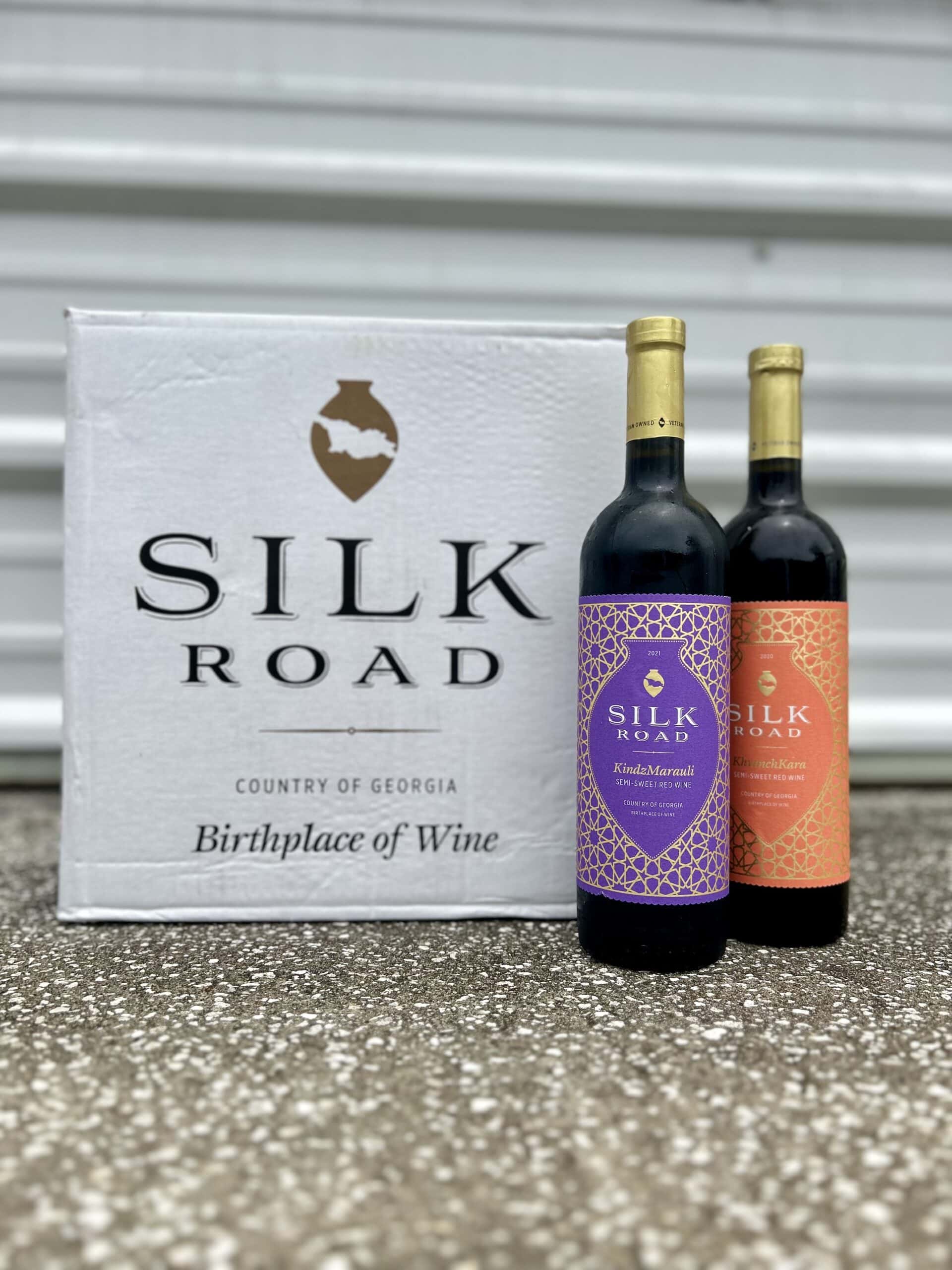
All About Modern Georgian Winemaking
How has the “Cradle of Wine” modernized while maintaining true to its roots?
Georgia began producing wine 8,000 years ago. As the world continues to build into the future, how do modern wineries and winemakers in the country stay true to classic methods while modernizing processes?
How it all began:
There is evidence of wine being made in the south Caucasus as early as 6,000BCE. This area, in the modern day country of Georgia, began fermenting wine perhaps by accident while storing grapes in large clay containers called qvevris. These devices have been used for eons for food and water storage. Qvevris work by sealing off moisture and air in order to keep food products from spoiling over long periods of time. Traditionally these large earthenware containers would be buried under soil to further protect the stored goods from extreme weather and temperatures, resulting in an airtight, stable environment to prevent spoilage.
What the first winemakers may not have known is that the sugars in fruits like grapes can still be eaten by certain types of yeasts which occur naturally on the skins of grapes and other plant materials. Given enough time in a stable and conducive environment, foods with sugar and moisture contents will be broken down by these yeasts, yielding alcohol. Fortunately for both ancient and modern humans, fermented grapes produce something delicious.
How winemaking has modernized:
The principles of winemaking have remained the same over the millennia. Put grapes and yeast together in a stable environment and give them time–you’ll get wine. Over time, however, mankind has done a good job honing in the art of fermentation. The modernization of winemaking has led to more consistent products crafted with scientific precision.
It is typical of modern winemaking to utilize hand-picked grapes and lab-harvested yeast varieties in order to yield more consistent results when producing wine year after year. Similarly, the majority of wines produced commercially are fermented using only the fruit of the grape itself. Red wines commonly use the skin of the fruit as well, but most whites do not. By contrast, the ancestral style of Georgian winemaking incorporates the fruits, skins, pips, and stems of the grapes.
Until recently, Georgian wines were virtually the only wines aged in qvevris, with most of the world aging wines in oak barrels or stainless steel kilns. As wine continues to modernize, more inventive winemakers have begun experimenting with earthenware and stoneware aging devices, but the majority of wines are still aged in oak or stainless steel.
“Before 2007 there was virtually no bottled kvevri wine in Georgia,” Malkhaz Kharbedia, president of the Georgian Wine Club, 2019
How Georgian winemakers continue to evolve:
In the face of a continuous push to modernize and deliver more consistent products, Georgian winemakers have taken some steps to meet those demands. Some of these steps include:
- The utilization of global-standard oak barrels and stainless steel vats for aging wines. This move has not eliminated the use of qvevris, but instead has diversified the expression of traditional grapes with which Georgian winemakers are very familiar.
- Allowing yeasts to spend more time working with the fruits, resulting in drier wines from grapes which typically produce semi-sweet wines. This longer process also yields wines with a higher ABV% which compete more directly with big “new world” wines.
- Being more discerning about the amount of pips and stems being fermented alongside the grapes. This practice exhibits a higher degree of control and consistency while maintaining the classic character of the Georgian process.
- Fermenting historically underutilized grape varieties. With over 500 varieties of grape at the disposal of Georgian winemakers, there are a multitude of varieties which have been ignored in favor of classic favorites. Introducing new grapes to classic processes helps maintain tradition while still feeling free to experiment.
“There are more than 500 indigenous grape varieties in Georgia, 40 of which are currently used for commercial viticulture. International varieties like Cabernet Sauvignon and Shiraz comprise just 6% of plantings…” Wine Enthusiast July 11, 2023
Georgian wines have maintained their staple characteristics over millennia and their producers have no intention in losing touch with the traditions that gave the world wine. While experimentation is inherent to modernization, we can look forward to the continued utilization of qvevris and the classic indigenous grape varieties of Georgian fame.
At Silk Road Wines we value Georgian wines from highly traditional to modern as equally exciting, allowing you the opportunity to experience wines like you never have before. For more information about us, our wines, and those who make them, please take a look at Our Story. With any questions for our team please contact us here.


